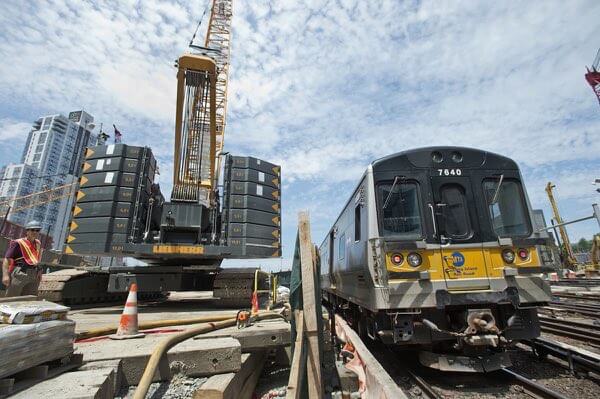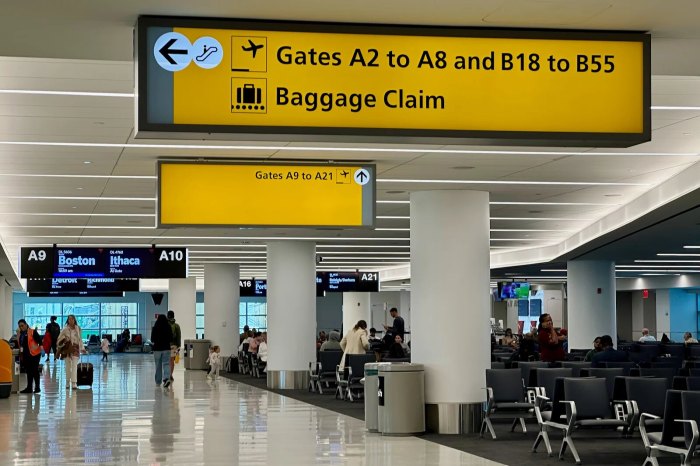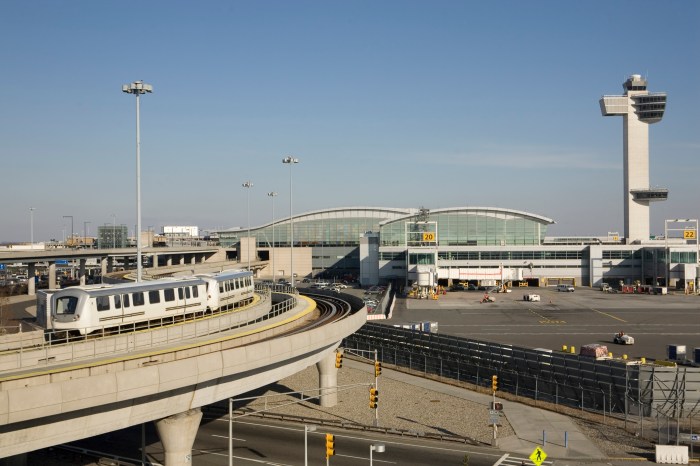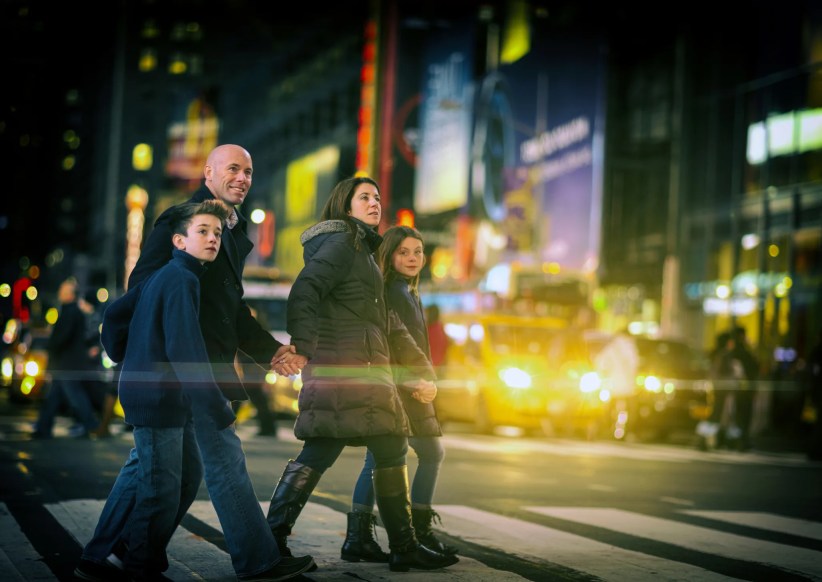By Mark Hallum
Newly appointed New York City Transit President Andy Byford attended his first Metropolitan Transportation Authority board meeting on Monday as the Fix NYC proposal to enact congestion pricing in Manhattan was unveiled.
Byford expressed interest in a “relentless” pursuit to restore adequate service to the subways while placing a high priority on stopping declining bus ridership by calling for more cars to be removed from the road in order to streamline commutes.
Gov. Andrew Cuomo’s congestion pricing proposal, with an $11 surcharge for cars and $25 for trucks during peak hours entering Manhattan, is intended to make traffic flow more freely and to raise up to $1 billion per year for the MTA so it can upgrade its aging and failing infrastructure.
Byford admitted that stabilizing and modernizing the ailing transit system, the largest in the world, will be the challenge of his career, in which he has led the metros of London, Sydney and Toronto.
The Fix NYC proposal leaves East River bridges, which have been toll-free since 1911, exempt from the surcharge. But motorists continuing south of 60th Street in Manhattan after crossing the bridge may be charged.
One topic of discussion between board members and executives was whether there was precise language for defining the cause of transit failures. Overcrowding is one major reason for trains to fall behind schedule but is often labeled as a power-related issue. Executives were asked several times why there has never been a distinction, but board members needed repeated clarification as to why overcrowding is not being tracked specifically being one of the many hardships that straphangers face.
“Its not unusual — in fact, it’s typical — that a transit authority would have a category related that does relate to the inability of the system on a particular day to carry the number of people wanting to travel,” Byford said, explaining how congestion from trains dwelling in the station can be an indicator of overcrowding. “The key thing for me, in all of this debate, is to get to the root cause.”
Byford said new signal technology would possibly help with overcrowding to run trains closer together.
Long Island Rail Road President Patrick Nowakowski reported during the LIRR committee meeting that December and January brought more setbacks for commuters during the recent bouts of inclement weather than there were during the “summer of hell,” when emergency track repairs disrupted schedules at Penn Station.
Up to 210 train cars had to be removed from service in early December because wheels flattened out from leaf residue with cold, dewy conditions, causing the trains to skid as the brakes were applied. A secondary examination revealed that 157 additional cars needed repairs for flat wheels.
Nowakowski said the wheels simply need to be rounded out on a lathe to be put back into service.
“We suffered a tremendous number of train cancellations over a several-week period,” Nowakowski said. “We operated with a number of trains short cars, which caused severe crowding on the trains that were able to run.”
Later, in January, the power in one of the East River tunnels went out three times in one day, causing trains to stall for 20 minutes at a time.
Much of the equipment used by the railroad is pneumatic and sensitive to cold, Nowakowski said, and addressing that issue would be a first step toward resolving the weather-related setbacks.
The LIRR had time to understand and plan for the setbacks it would face during the “summer of hell,” Nowakowski said, and was able to surpass the expectations of commuters during that time. But unforeseen circumstances in the winter set trains further back than expected with just snow. In one case, for example, a train equipped with a snowplow derailed when it collided with car at a grade crossing.
MTA board member Ira Greenberg said that continuing infrastructure issues within East River tunnels maintained by Amtrak might not be resolved before East Side Access is achieved for the MTA to have its own right of way leading to a soon-to-be Penn Station annex on the site of the Farley Post Office building. But with no set completion date for East Side Access, Greenberg and other board members recommended MTA investigations to hold Amtrak accountable for repairs.
A combination of around 233,000 Long Island Rail Road riders per day traveled through Penn Station in 2016, with 5,920 taking the train to and from Hunters Point. For many in eastern Queens, the LIRR is the best and only option for getting to jobs in Manhattan. LIRR runs an average of about 740 trains per day.
Reach reporter Mark Hallum by e-mail at mhall


































